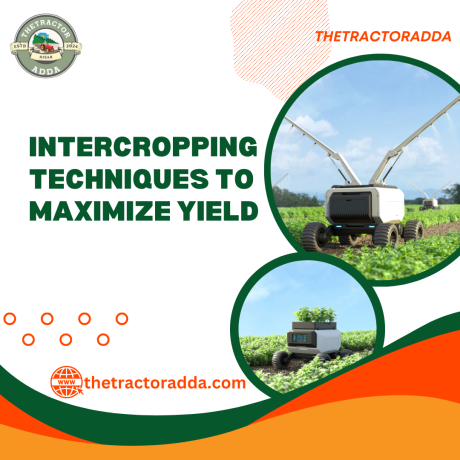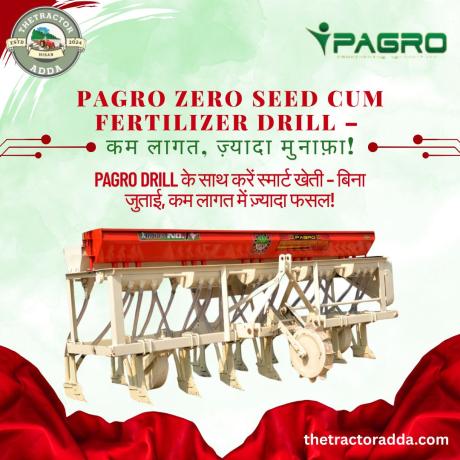Intercropping Techniques to Maximize Yield

Blog Description
Intercropping is a sustainable farming practice where two or more crops are grown together in the same field. This method enhances soil fertility, reduces pests, and increases overall yield. Indian farmers have been practicing intercropping for centuries, but modern techniques can further optimize their benefits.
Benefits of Intercropping
- Improved Soil Fertility: Leguminous crops fix nitrogen, enriching the soil.
- Pest and Disease Control: Reduces the spread of pests and diseases compared to monocropping.
- Higher Yield per Acre: Efficient use of space leads to better productivity.
- Better Weed Control: Different crops suppress weeds naturally.
- Risk Management: If one crop fails, the other provides income stability.
Types of Intercropping Techniques
1. Row Intercropping
Planting two or more crops in distinct rows, ensuring each gets proper sunlight and nutrients. Example: Maize and beans.
2. Strip Intercropping
Wide strips of different crops are planted to allow for mechanization while maximizing yield. Example: Wheat and mustard.
3. Mixed Intercropping
Crops are grown together without any specific row arrangement. Example: Millets and pulses.
4. Relay Intercropping
A second crop is planted before harvesting the first one, making efficient use of soil nutrients. Example: Rice followed by lentils.
5. Companion Planting
Strategically growing crops together to support each other’s growth. Example: Tomato and basil for natural pest control.
Best Crop Combinations for Indian Farmers
- Maize + Beans (Improves nitrogen content in the soil)
- Sugarcane + Mustard (Effective pest control)
- Rice + Lentils (Increases soil fertility and yield)
- Tomato + Onion + Garlic (Natural pest repellents)
Tips for Successful Intercropping
- Choose crops with different root depths to avoid nutrient competition.
- Ensure crops have varying maturity periods to prevent yield loss.
- Use organic fertilizers and crop rotation for sustainable results.
- Monitor pest and disease outbreaks regularly.



